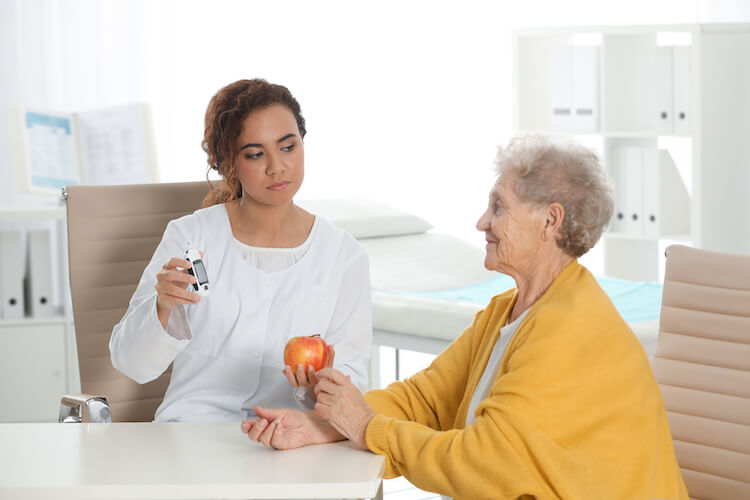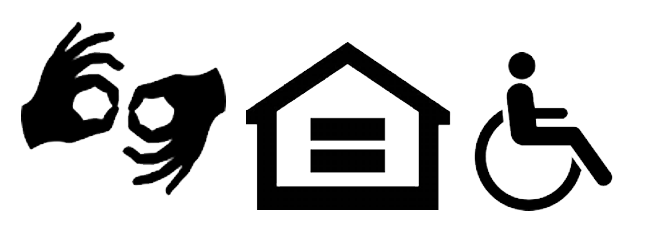According to the American Diabetes Association, seniors have more diabetes than any other age group. 25% of adults over the age of 65 have diabetes. November has been dedicated as a month to grow awareness, spread prevention techniques and promote diagnosis for the millions of Americans dealing with diabetes.
As you age, protecting your health becomes more important. The greater awareness you have about risk factors that affect your health, the better equipped you are to prevent becoming one of the many statistics.
Diabetes Awareness for Seniors
Diabetes is a disease that occurs when a person’s blood glucose, or blood sugar level, is too high. Blood glucose is what the body needs for energy and it comes from the food you eat. Insulin is designed to help glucose get into your cells to be redistributed as energy. When your body is not producing enough insulin or not using it well, glucose can sit in your body and cause health problems, including diabetes.
The two most common types of diabetes are:
- Type 1 Diabetes – Individuals with Type 1 Diabetes cannot make insulin. The immune system attacks and destroys cells in the body that are designed to make insulin. While this type of diabetes can appear at any age, it’s most common in children and young adults.
- Type 2 Diabetes – Individuals with Type 2 Diabetes have a hard time making insulin. This is the most common form of diabetes and is found most often in middle to older age individuals.
While there are many things that play a role in whether or not you will develop diabetes in your lifetime, type 2 diabetes is most often found in individuals who are overweight, have a family history of diabetes or who are physically inactive.
Some of the diabetes warning signs to look for include:
- Excessive thirst or hunger
- Frequent urination
- Weight loss or gain
- Fatigue
- Blurred vision
- Slow-healing wounds
- Nausea
- Tingling, numbness or pain in the hands and feet
While diabetes develops gradually, symptoms can sometimes feel as though they come on suddenly. It’s important not to ignore any warning signs you may experience.
Treatments for Diabetes
There are a variety of ways diabetes is treated based on the type and severity. The primary goal of diabetes treatment is managing blood sugar levels in the body. Typically, type 1 diabetes is managed with insulin and dietary changes. Type 2 diabetes is often managed with non-insulin medications, insulin, exercise, weight loss, and dietary changes.
While diabetes is not preventable in all cases, there are some things you can do to lower your risk of developing diabetes, or prevent it from getting worse when you are in the pre-diabetes or borderline stages:
- Increase physical activity
- Improve nutritional health
- Cut sugar and refined carbs
- Drink water as your primary beverage
- Quit smoking
- Practice portion control
- Lose weight if you’re overweight
While these tips are essential in preventing diabetes, they are also helpful habits to adopt for overall health as you age. If you or someone you know is dealing with diabetes, do your part to spread awareness and help prevent future cases from arising. Make a pledge this November to adopt healthy habits and encourage your loved ones to do the same.
Jumpstart a Healthier Lifestyle at Peregrine Senior Living
When it comes to aging, the key is adopting healthy habits. Make wellness a priority and focus your energy on living your healthiest lifestyle by leaving the stresses of home maintenance to us. Our continuum of care ensures you get the assistance you need for every stage of life. Schedule a tour of one of our two campuses and see if our senior living community is the right fit for your future. Contact us today.











